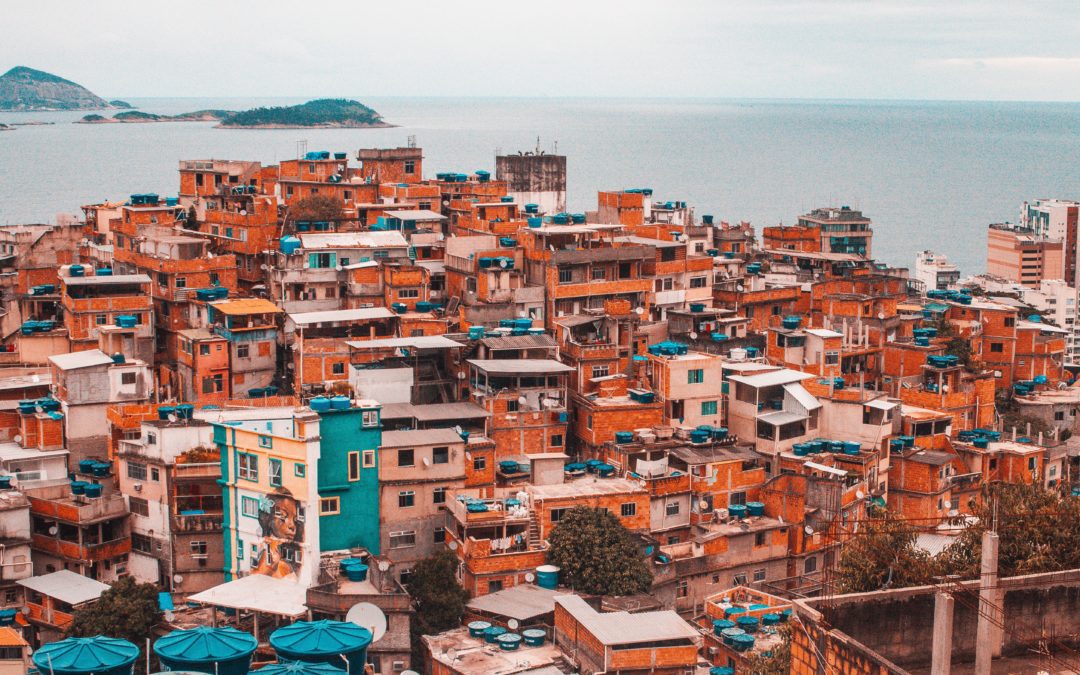Author: Thiago Lopes Genaro
Recently I was reading the Indian guideline for treatment of bipolar disorder (BD). It is from 2017. When you are a psychiatrist specializing in bipolar disorder, you read guidelines from many places around the world – we have the Indian guideline (2017), the Canadian one (2018), the Australian one (2020), the Korean one (2022).
But not a Brazilian guideline. I am Brazilian. I work in São Paulo. And I see patients with bipolar disorder on a weekly basis. Most are referred with a diagnosis of depression. Or anxiety. And most are surprised when I say “everything leads us to believe that you have bipolar disorder”. It’s interesting to work in an undeveloped country but have contact with international guidelines, usually from rich countries. I read to update myself, but I am faced with the Brazilian reality.
To begin with, we do not have available in Brazil some first-line drugs for BD, such as Asenapine and Cariprazine. I have already written to the laboratories here in the country, but no official forecast of arrival in Brazil !
Second, that some of the newest and most effective drugs for BD, such as Lurasidone, are so expensive in Brazil, that few patients can access them. They are drugs that are not available in the public health network. Of the approximately 200 million Brazilians, about 150 million depend on the public health service. This difficulty in accessing newer drugs also seems to be a problem in India, according to the Indian guideline.
But perhaps the most interesting thing about reading guidelines from various parts of the world on BAD is to discover how difficult it is to diagnose this disorder anywhere in the world. Whether in New Delhi, Rio de Janeiro, Seoul, Melbourne or Toronto, a patient with BD often goes through several psychiatrists and tries several medications before finally receiving the correct diagnosis. An article published in 2019 in the scientific journal Current Medical Research and Opinion cites that 69% of patients initially received a diagnosis other than bipolar disorder, having gone through, on average, 4 psychiatrists, to receive the correct diagnosis. Note well – 4 psychiatrists, i.e. mental health specialists, not 4 general practitioners. A challenge for any health system.
I love it when a new guideline comes out, somewhere in the world, on bipolar disorder. I always look forward to new treatments, new updates. Reading about our differences shows me more and more our similarities.
The content of the International Bipolar Foundation blogs is for informational purposes only. The content is not intended to be a substitute for professional medical advice, diagnosis, or treatment. Always seek the advice of your physician and never disregard professional medical advice because of something you have read in any IBPF content.


